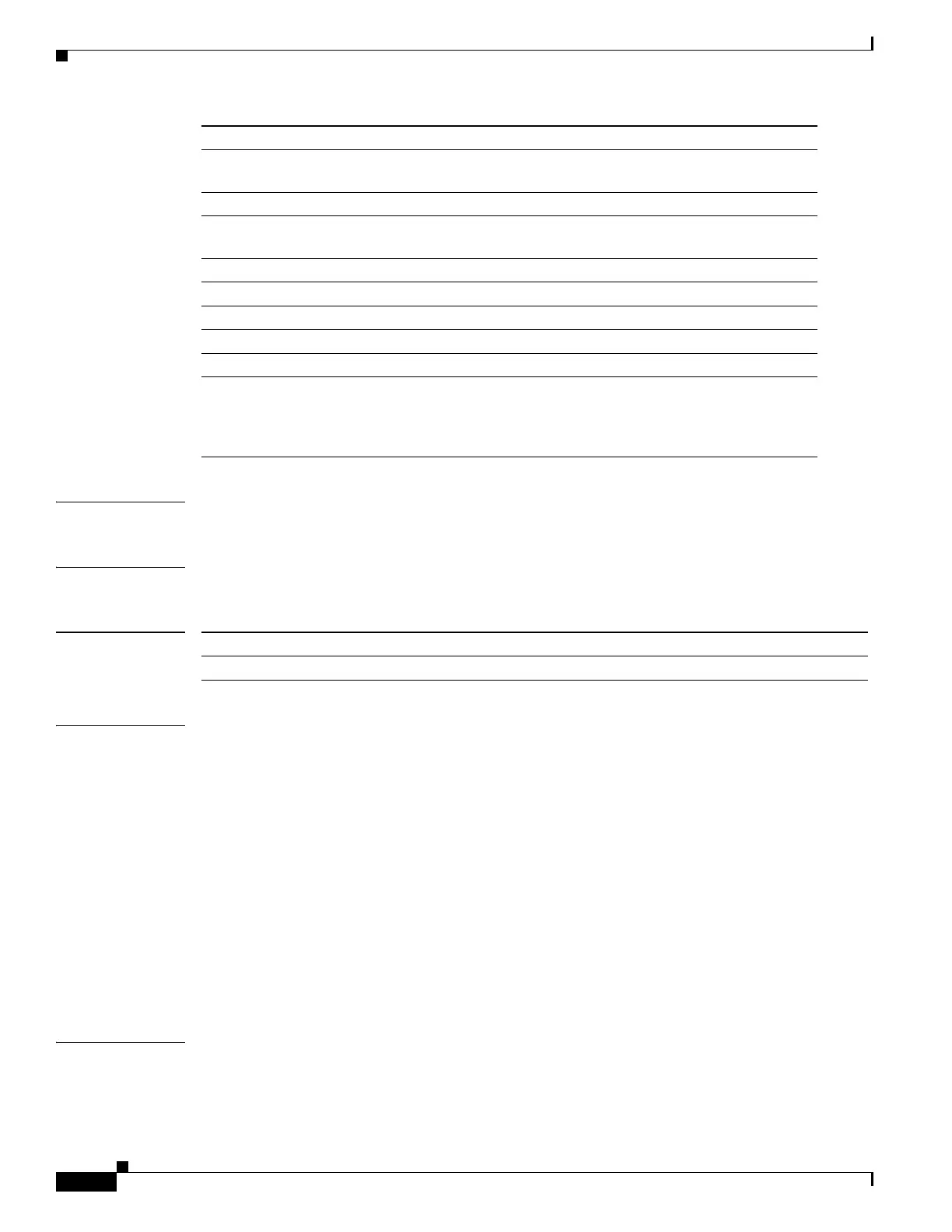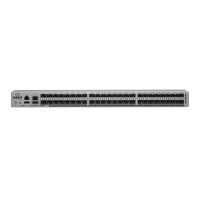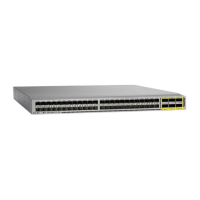478
Cisco Nexus 3548 Switch NX-OS Unicast Routing Command Reference
OL-27852-01
Chapter Unicast Routing Show Commands
show ip ospf database
Command Default None
Command Modes Any command mode
Command History
Usage Guidelines Use the ip ospf database command to display information about different OSPF LSAs.
When the link state advertisement is describing a network, the link-state-id argument can take one of two
forms:
• The network’s IP address (such as Type 3 summary link advertisements and autonomous system
external link advertisements).
• A derived address obtained from the link state ID. (Note that masking a network links
advertisement’s link state ID with the network’s subnet mask yields the network’s IP address.)
• When the link state advertisement is describing a router, the link state ID is always the described
router’s OSPF router ID.
• When an autonomous system external advertisement (LS Type = 5) is describing a default route, its
link state ID is set to Default Destination (0.0.0.0).
This command requires the LAN Enterprise Services license.
Examples This example shows how to display the OSPF database:
switch# show ip ospf database
This example shows how to display a summary of autonomous system border routers:
external (Optional) Displays information about the external LSAs.
ext_tag value (Optional) Displays information based on an external tag. The range
is from 1 to 4294967295.
network (Optional) Displays information about the network LSAs.
nssa-external (Optional) Displays information about the not-so-stubby area (NSSA)
external LSAs.
opaque-area (Optional) Displays information about the opaque area LSAs.
opaque-as (Optional) Displays information about the opaque AS LSAs.
opaque-link (Optional) Displays information about the opaque link-local LSAs.
router (Optional) Displays information about the router LSAs.
summary (Optional) Displays information about the summary LSAs.
vrf vrf-name (Optional) Specifies the name of the virtual routing and forwarding
(VRF) instance. The vrf-name argument can be specified as any
case-sensitive, alphanumeric string up to 32 characters. The strings
“default” and “all” are reserved VRF names.
Release Modification
5.0(3)A1(1) This command was introduced.

